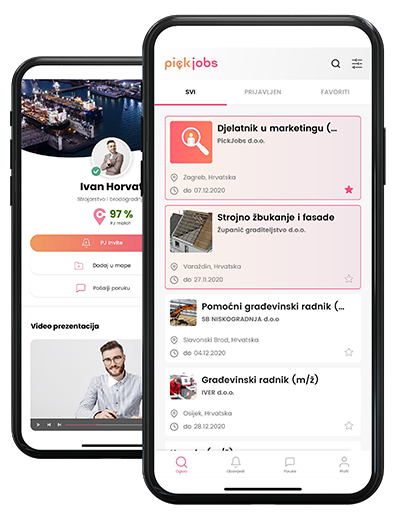In Croatia, there is often a heated debate about the labor market. On one side, employers claim they can't find workers. On the other, many people say there are no jobs, or that the working conditions are unacceptable. At the same time, the country is seeing a youth exodus, an influx of foreign workers, and an increasing reliance on seasonal labor. But how many people are actually able to work, yet currently – aren’t working?
Who are the working-age citizens?
According to statistics, all individuals over the age of 15 are considered of working age. This doesn’t mean they all have to work, but they fall into the age group that can theoretically participate in the labor market. This includes both employed and unemployed persons, as well as a large number who are neither.
According to the Croatian Bureau of Statistics data from 2024, there were about 3.29 million working-age individuals in Croatia.
Out of that number:
- 1.68 million people were employed
- 89,000 were unemployed, meaning they were actively seeking work
- 1.52 million were neither working nor seeking work – they are categorized as inactive
It sounds small – but what do the numbers really mean?
The figure of 89,000 unemployed looks like great progress, especially compared to a decade ago when we had almost four times more unemployed. But this number only reflects those officially registered and actively looking for a job.
This means the statistics do not include people who:
- are not registered with the employment bureau,
- occasionally work "off the books",
- have lost motivation to look for work,
- care for children or the elderly,
- are waiting to emigrate abroad.
These people are not employed but are not counted in the official unemployment numbers. So, the real picture of the labor market is much more complex.
Who are the “inactive” and why are they outside the system?
The inactive category includes more than 1.5 million people. These are individuals who are not employed but also not seeking work. Among them are students, young people just exiting the education system, early retirees, parents caring for children without access to childcare, people caring for family members, and those who have simply given up looking because “there’s no point.”
Inactive individuals are not necessarily lazy or uninterested. Many might be willing to work, but not under current conditions – due to low wages, inflexible working hours, inaccessible transport, or lack of support like childcare and elder care.
And employers? They’re hiring – but often on their own terms
While employers often claim "there's no one to work," the reality is that most available jobs are in sectors that require physically demanding labor, seasonal availability, and often – low wages. Under such conditions, domestic workers increasingly seek other opportunities or move abroad, while the market is filled by foreign labor.
On the other hand, some jobs are opening up, but the education system doesn’t align with labor market needs. Young people graduate from degrees with low demand, while shortage occupations – like drivers, welders, and medical technicians – remain unfilled.
Numbers are one thing, reality is another
Croatia has over three million working-age people. But only about half are actually employed. Unemployment may be declining, but that doesn’t mean everyone who wants to work has the opportunity – nor that everyone inactive chooses to be.
The problem of unemployment and inactivity in Croatia isn’t just in the numbers. It lies in the context – in the reasons people aren’t working, why they leave, and why they don’t see themselves in a system that often offers them few choices.
If we want a long-term solution, we’ll have to go deeper: align education with labor market needs, make working conditions more attractive, encourage flexible forms of employment, and – most importantly – listen to what people actually want and need.

 Croatia
Croatia Bosnia and Herzegovina
Bosnia and Herzegovina Serbia
Serbia Crna Gora
Crna Gora North Macedonia
North Macedonia Ukraine
Ukraine Albania
Albania Kosovo
Kosovo Austria
Austria Deutschland
Deutschland Switzerland
Switzerland









